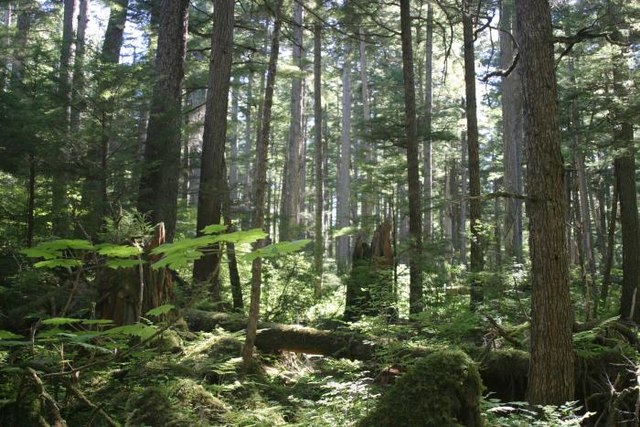Environmental resource management
Environmental resource management or environmental management is the management of the interaction and impact of human societies on the environment. It is not, as the phrase might suggest, the management of the environment itself. Environmental resources management aims to ensure that ecosystem services are protected and maintained for future human generations, and also maintain ecosystem integrity through considering ethical, economic, and scientific (ecological) variables. Environmental resource management tries to identify factors between meeting needs and protecting resources. It is thus linked to environmental protection, resource management, sustainability, integrated landscape management, natural resource management, fisheries management, forest management, wildlife management, environmental management systems, and others.
The shrinking Aral Sea, an example of poor water resource management diverted for irrigation
Improved agricultural practices such as these terraces in northwest Iowa can serve to preserve soil and improve water quality.
A water harvesting system collects rainwater from the Rock of Gibraltar into pipes that lead to tanks excavated inside the rock.
A diagram showing the juvenile fish bypass system, which allows young salmon and steelhead to safely pass the Rocky Reach Hydro Project in Washington
Natural resource management
Natural resource management (NRM) is the management of natural resources such as land, water, soil, plants and animals, with a particular focus on how management affects the quality of life for both present and future generations (stewardship).
The Tongass National Forest in Alaska is managed by the United States Forest Service





